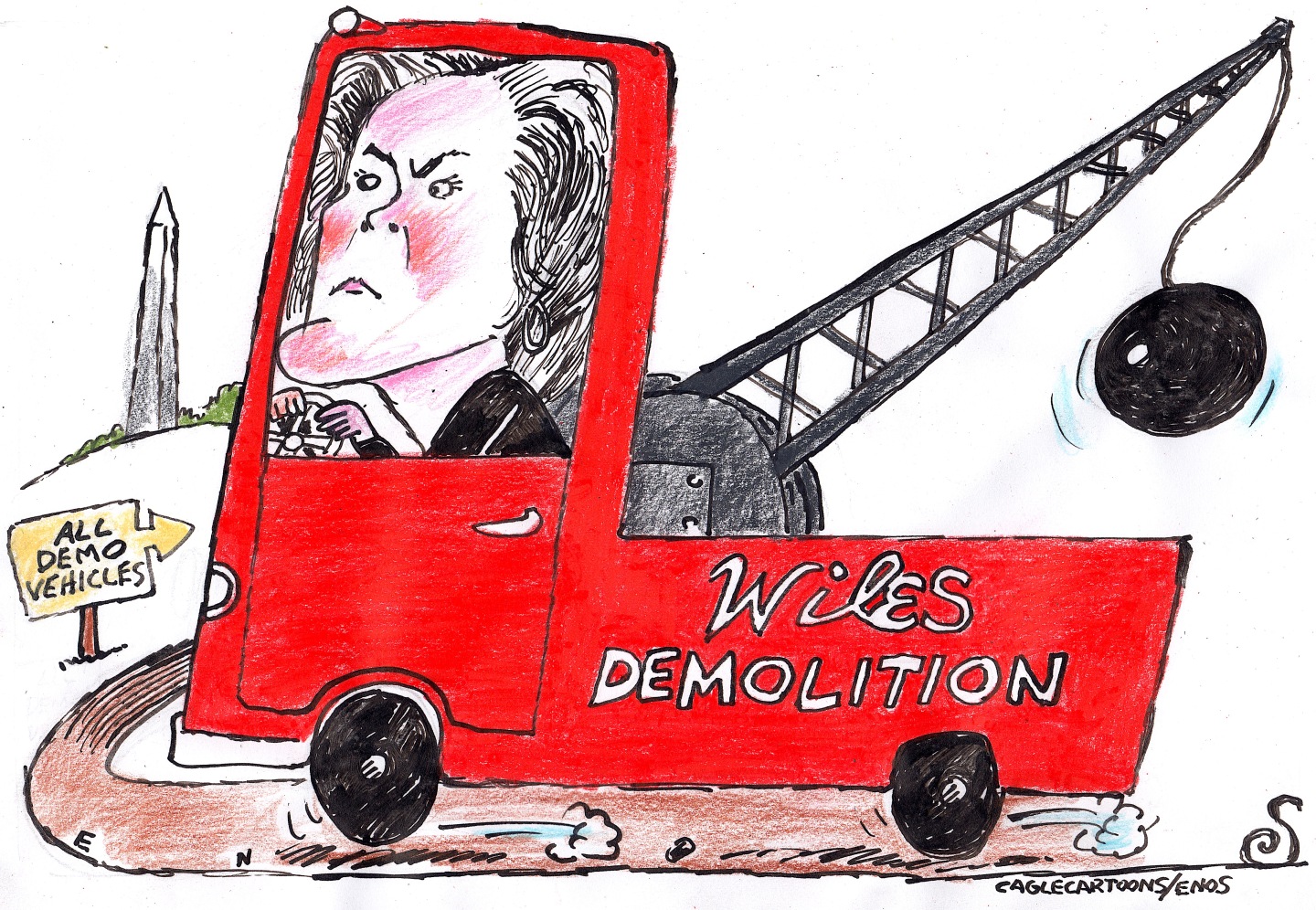Tim Geithner’s big bank plan
The Obama team’s broad new rescue plan is met with skepticism
What happened
Treasury Secretary Tim Geithner unveiled the Obama administration’s plan to rescue the U.S. financial system. The plan includes a public-private fund of between $500 billion to $1 trillion to buy toxic assets from banks, up to $1 trillion to underwrite a variety of consumer and business loans, and further aid for banks that pass a comprehensive “stress test” of viability. Stocks dropped sharply after the plan’s rollout. (MarketWatch)
What the commentators said
The Week
Escape your echo chamber. Get the facts behind the news, plus analysis from multiple perspectives.

Sign up for The Week's Free Newsletters
From our morning news briefing to a weekly Good News Newsletter, get the best of The Week delivered directly to your inbox.
From our morning news briefing to a weekly Good News Newsletter, get the best of The Week delivered directly to your inbox.
“There’s much to like about Geithner’s opening bid,” said the Los Angeles Times in an editorial, “but we need to see the rest of his hand.” The new plan is ambitious and comprehensive, brings private dollars into the mix, has all four financial regulatory agencies working from a “common script,” and brings “long-overdue transparency” to the bank-rescue efforts. But it lacks details, and “we remain wary.”
The plan’s greatest shortfall is that it fails to answer the biggest question: “Who loses?” said Peter Coy in BusinessWeek online. Somebody’s going to take a financial hit, but Geithner didn’t indicate how the pain will be “divvied up” between taxpayers, creditors, shareholders, and bank executives. Until that’s answered, the banking system will remain paralyzed.
Obama’s problem, said The Washington Post in an editorial, is that what is needed economically—cleaning the soured assets from bank balance sheets so they will lend again—is not only technically difficult but also politically unpalatable. “No matter how necessary and defensible” the inevitable federal subsidies, they will likely “be attacked as a taxpayer rip-off, a bailout of Wall Street, etc., etc.”
Those subsidies are only inevitable if you, like Obama’s team, view the main problem as a lack of liquidity, said Martin Wolf in the Financial Times. There’s “little doubt,” however, that the problem is that a “sizable proportion” of U.S. banks are failed, insolvent “zombies.” The only rational solution is to “admit reality,” recapitalize salvageable banks, and “slay zombie institutions at once.”
A free daily email with the biggest news stories of the day – and the best features from TheWeek.com
-
 Political cartoons for December 20
Political cartoons for December 20Cartoons Saturday’s political cartoons include drowning rats, the ACA, and more
-
 5 fairly vain cartoons about Vanity Fair’s interviews with Susie Wiles
5 fairly vain cartoons about Vanity Fair’s interviews with Susie WilesCartoon Artists take on demolition derby, alcoholic personality, and more
-
 Joanna Trollope: novelist who had a No. 1 bestseller with The Rector’s Wife
Joanna Trollope: novelist who had a No. 1 bestseller with The Rector’s WifeIn the Spotlight Trollope found fame with intelligent novels about the dramas and dilemmas of modern women